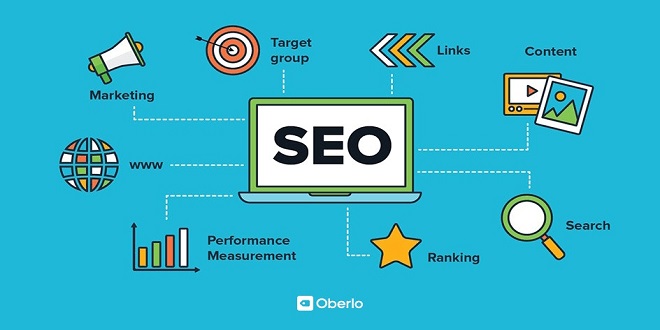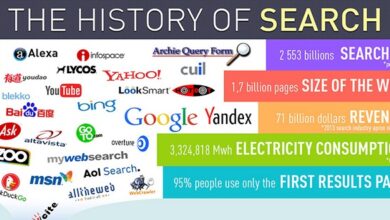Understanding the Search Engines: They’re a Community

You’ll be happy to hear there are really only a few search engines that you need to consider in your SEO planning. Each search engine appears to be a unique company with its own unique service.
When people choose to run a search using Google, Yahoo, Bing, Ask.com, or any of the others, they might think they’ve made a choice between competing services and expect to get varying results. But they’d be surprised to find out that under the surface, these seeming competitors are often actually working together — at least on the data level.
Looking at search results: Apples and oranges
One more thing to know about search results: There are two main types.
- Organic search results are the web page listings that search engines find most relevant to the user’s search query and perceived intent. SEO focuses on getting your website ranked high in the organic search results (also called natural results)
- Paid results are basically advertisements. — the website owners have paid to have their web pages and products display for certain keywords, so these listings show up when someone runs a search containing those keywords.
On a search results page, you can tell paid results from organic search results because search engines set apart the paid listings, putting them above or to the right of the primary results, giving them a shaded background or border lines, labeling the column as “ads” or “sponsored,” or providing other visual clues.
How do they get all that data?
An automated process constantly crawls the Internet, gathering web‐page data into servers. Google calls its spider Googlebot; you could refer to the data‐gathering software processes as spiders, robots, bots, or crawlers, but they’re all the same thing. Whatever you call them, they pull in masses of raw data and do so repeatedly. This is why changes to your website might be seen within a day or might take up to a few weeks to be reflected in search engine results.
In the second step, search engines have to index the data to make it usable. Indexing is the process of taking the raw data and categorizing it, removing duplicate information, and generally organizing it all into an accessible structure.
For each query performed by a user, the search engines apply an algorithm — basically a math equation (formula) that weighs various criteria about a web page and generates a ranking result — to decide which listings to display and in what order. The algorithms might be fairly simple or multilayered and complex.
At industry conferences, Google representatives have said that their algorithm analyzes more than 200 variables to determine a web page’s search ranking to a given query. You’re probably thinking, “What are their variables?” Google won’t say exactly (and neither will the other engines), and that’s what makes SEO a challenge. But we can make educated guesses.
Last word
So, can you design a website that gets the attention of all the search engines? The answer is yes, to an extent, but it’s a bit of an art. This is the nuts and bolts of SEO




